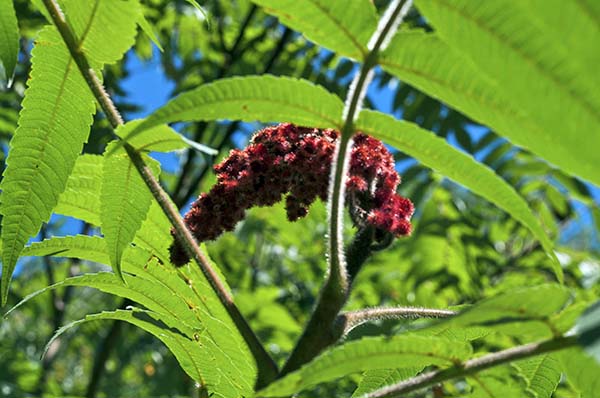Poisonous Plants
Getting rid of harmful ivy, oak and sumac in your yard

Before your family begins enjoying the great outdoors, make sure your yard is properly treated to avoid the dangers of poison ivy, oak or sumac.
Lawn and garden author Ashton Ritchie offers these steps in keeping the threat of poisonous, rash-producing plants out of your yard:
Identify poison weeds
Your goal begins with proper identification. Using a photo or web image resource such as StopPoisonIvy.com can help identify the various poison weeds, including oak and sumac, and their stages. For example, poison ivy often emerges red and only starts to turn green in late spring.
Look for these harmful weeds at these areas, especially:
Ground Cover
A common area for poison ivy is along the edge of a wooded area or around any shaded and less maintained section of the yard.
Trees
By disguising itself as part of a tree limb, poison ivy often climbs up trees situated in shady locations.
Edges
If you find that poison ivy continues to invade your yard year after year, you may be experiencing the “edge effect,” a phenomenon that occurs when the wooded areas surrounding your yard dry out. Various weeds flourish under such conditions.
Stumps
Dead stumps are also a common hangout.
Removing weeds
Once you have determined where poison ivy, sumac or oak is located, you can work to remove it.
Wear protection
Cover your hands with thick, long gloves and wear a long-sleeved shirt and pants in case you accidently touch the plants. Launder the shirt and pants before wearing them again.
Choose the right time
Always choose a calm, wind-free day for applying products to avoid contact with other desirable plants. If you can, it is best to apply with a temperature above 60 degrees F.
Apply a weed-killing solution
Look for a weed-eliminating product that works double-duty. Among such products: Roundup Poison Ivy Plus Tough Brush Killer, which penetrates the waxy surface of poison ivy, oak, sumac, kudzu and other tough weeds, while also killing at the roots. Spray the weed killer on the leaves until saturated, taking care not to apply to nearby trees, grasses and plants. Always read and follow label directions.
Wait for the plant to completely die
Perennial weeds such as poison ivy may take four or more weeks for a complete kill, so be patient.
Regularly monitor surroundings
Keep new weeds from growing by surveying your outdoor areas monthly throughout the busy weed-growing months of May through November.
-
Share this story:



